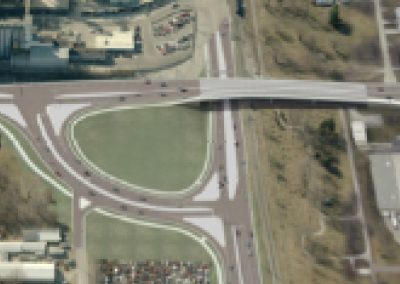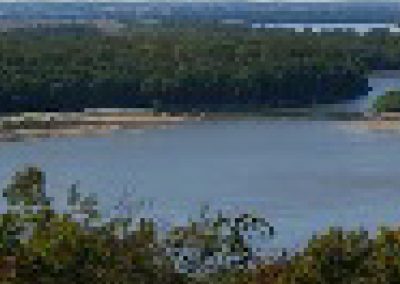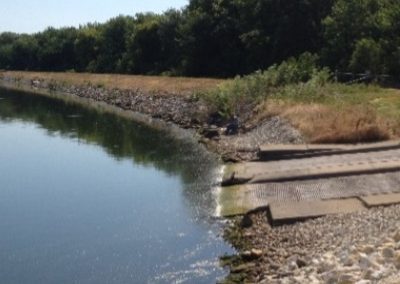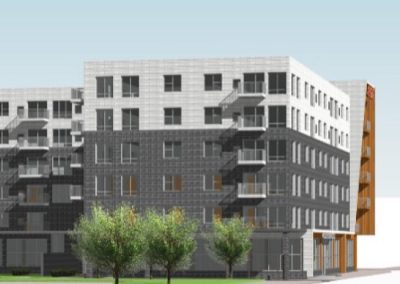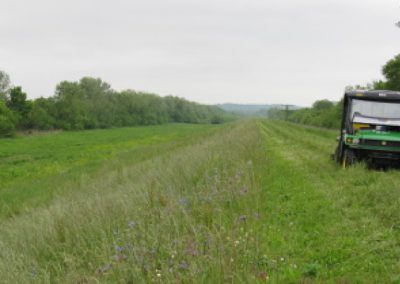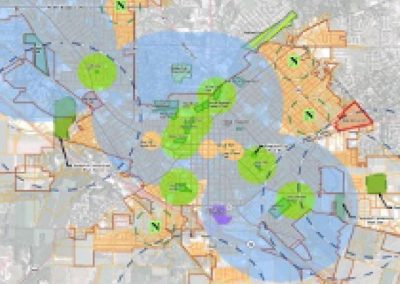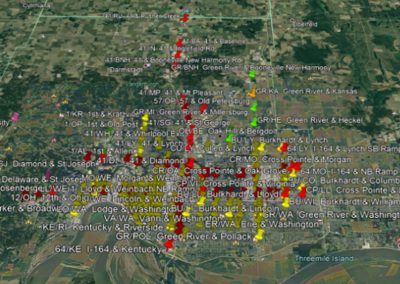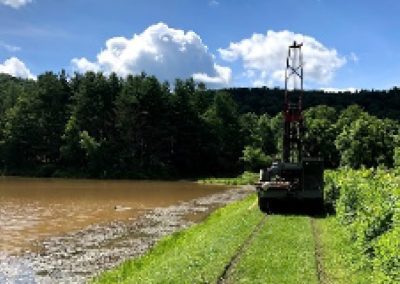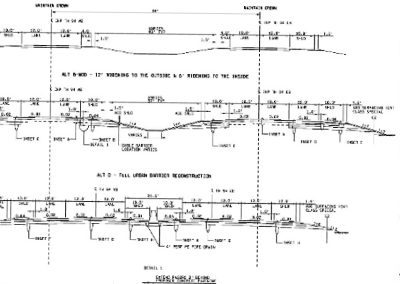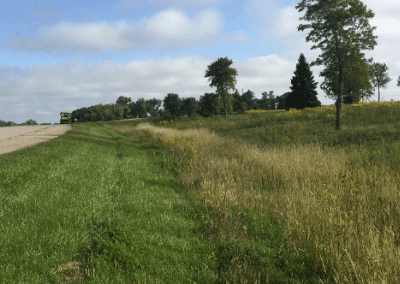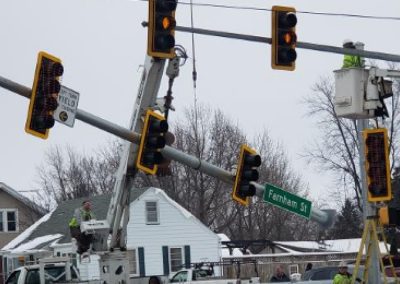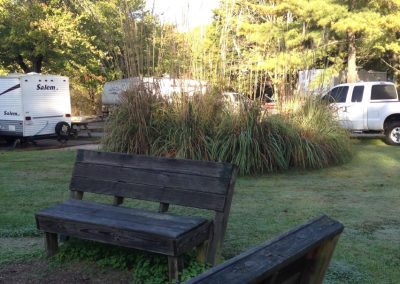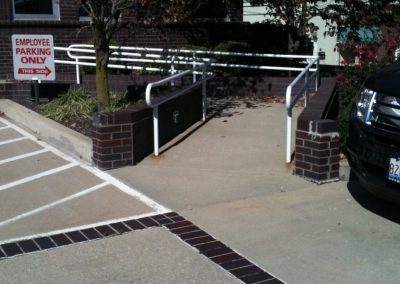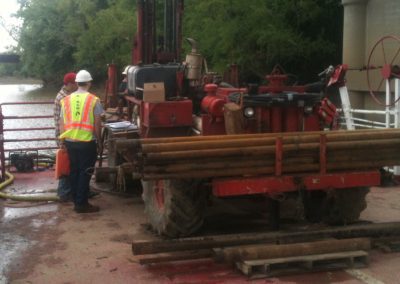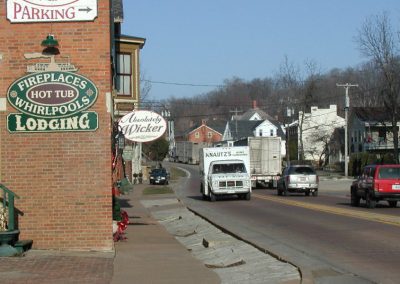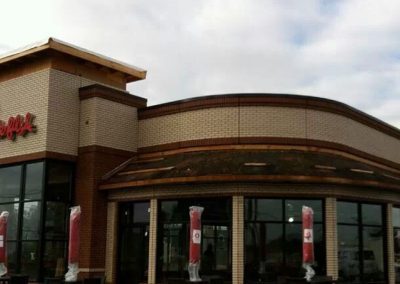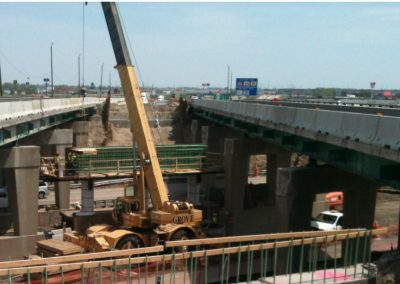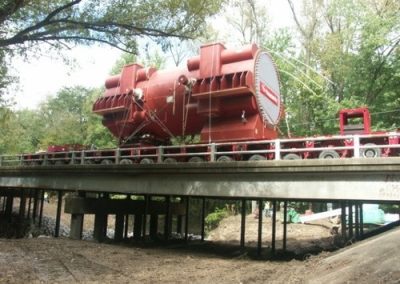Case study | Water Resources
I-57 from Jefferson County Line to 0.7 miles north of IL 161
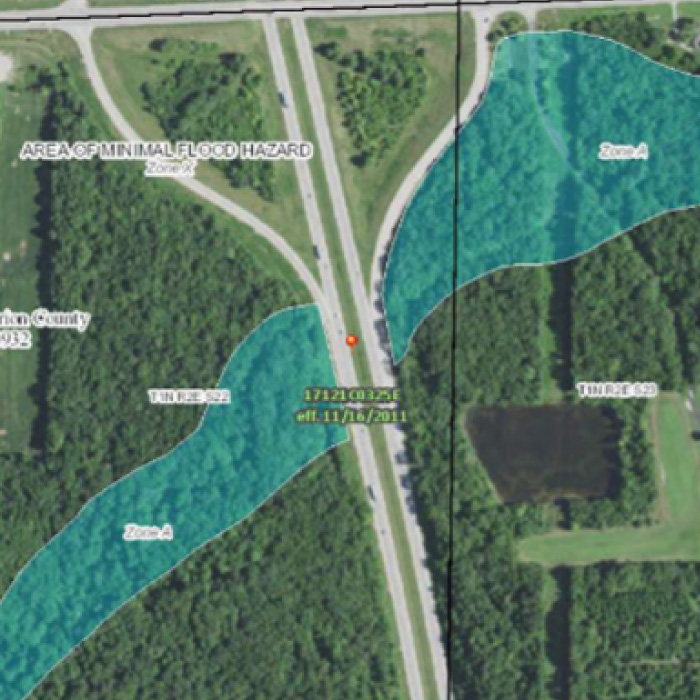
Details
Owner
Illinois Department of Transportation
Client
Wood Environment & Infrastructure Solutions, Inc.
Project Cost
$105,000 (KEG Fee)
Status
Ongoing
Summary
Kaskaskia Engineering Group, LLC (KEG), in coordination with Wood Environment & Infrastructure Solutions, Inc. and Civil Design, Inc., was contracted by the Illinois Department of Transportation (IDOT) to conduct Phase I Engineering Services for the I-57 from Jefferson County Line to 0.7 miles north of IL 161 project.
Project
The Illinois Department of Transportation (IDOT) had already done a Phase I Engineering Project Report for this project but contracted the team to conduct an addendum to the report addressing a modified Alternate 3 as the preferred alternate. The proposed scope also included a hydraulic survey, hydraulic study, a Location Design Study, a Bridge Condition Report (BCR), an update of the existing crash analysis, alternative geometric studies, a review of the latest Environmental Survey Request (ESR) information with respect to the preferred alternative, and an update to the Project Report.
The preferred alternative was fully removing and replacing the existing pavement with an 11.75” CRC pavement over a 4” stabilized subbase (HMA) and 12’ improved subgrade. The proposed highway consisted of two lanes in each direction separated by a 70’ wide median. The design was in accordance with current requirements for an interstate reconstruction. The substandard IL 161 interchange ramps were reconstructed to meet current geometry requirements causing the extension of the triple 12’-10”x12’ culvert at Racoon Creek.
KEG performed the Location Drainage Study (LDS). The scope included the review of the existing data and evaluation of the existing drainage system, which included 15 minor and 10 major culverts plus a median system, development of the proposed drainage plan with ROW analysis and flood encroachment, Phase I design of the proposed system encompassing the median storm sewer, median ditch, outer ditch, and culvert improvements, and Hydraulic Report for Raccoon Creek crossing using HEC-RAS analysis.
Hydrologic methodology for all but one of the culverts utilized the Rational Method to determine peak stormwater runoff rates. The culvert at Station 1439+01.06, which drained over 240 acres, was analyzed using the USGS StreamStats system based on the Regression Analysis methodology. The hydraulic methodology utilized Hydraflow computer software to analyze the crossroad culverts with Median Inlets and simple median inlets for the proposed 50-year, 100-year, and 500-year events. HY-8 was utilized to analyze the simpler crossroad culverts.
The proposed drainage plan made use of the existing drainage structures throughout the project with minimal modification. The extension of the multi-cell box culverts carrying Raccoon Creek required additional permitting under the US Army Corps of Engineers (USACE) Section 401 and 404 permitting process.





